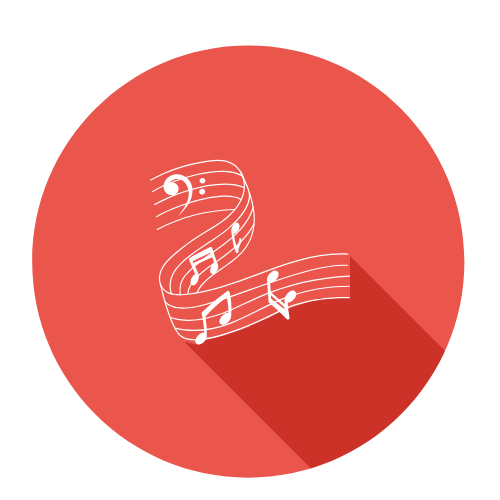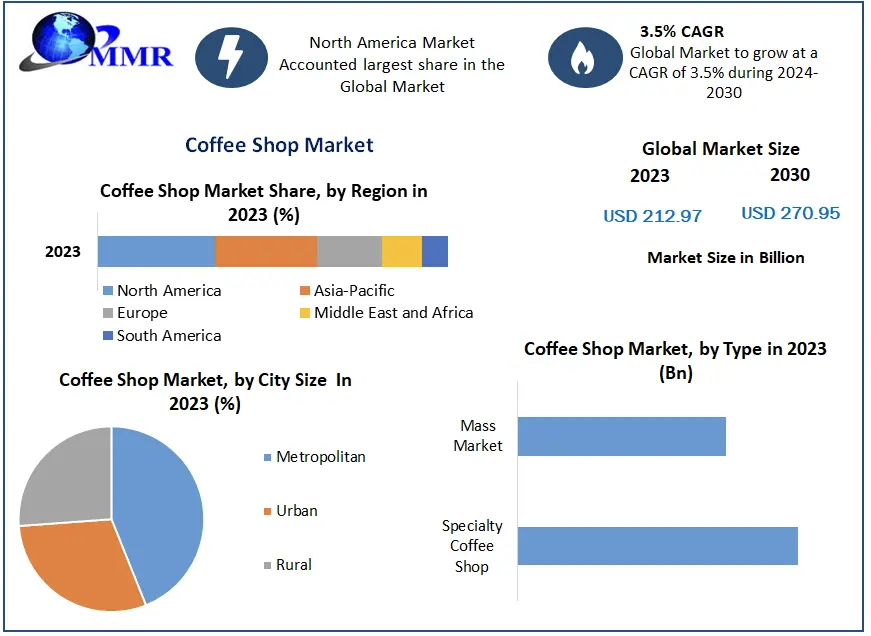Juan's Chocolate Problem and What It Taught Scientists
Meet Juan, a young adult with a serious problem with chocolate. When researchers wanted to help him eat healthier, they didn't just tell him "avoid chocolate" like everyone else. Instead, they crafted a message specifically for him: "Juan, the chocolate you eat in times of stress could be replaced by nuts, avocado or citrus fruits."
This wasn't just good advice; it was the foundation of a groundbreaking neuroscience study that would finally prove why personalization works so incredibly well. Spanish researchers Casado-Aranda and colleagues just cracked this code. They recruited 29 people like Juan, with self-reported poor dietary habits like eating too much chocolate or hamburgers. These people laid into fMRI scanners and watched their brains respond to personalized versus generic health messages.
Posted in Archive, Conversion
published on Tuesday, 29 July 2025
"Do I really need that much toilet paper?"
If you’ve ever shopped at a big-box warehouse, you’ve probably questioned whether you’ll actually use up those jumbo packs of toilet paper, deodorant, or air freshener. The sheer volume can make single-item purchases at a local store seem more practical. But a recent study suggests that a simple shift in bulk pricing could make buying in bulk feel like the smarter option.
As convenience and bulk shopping grow in popularity, understanding what drives our buying choices is crucial. This new research uncovers a surprising insight that could transform how brands price multipacks to make them more appealing.
Posted in Archive, Conversion
published on Tuesday, 05 November 2024
The psychology of sound and the way it influences consumer behavior has been studied for many decades. As a marketer, you can greatly benefit from understanding how you can use sound to positively impact your brand image and sales revenues. Scientific evidence is available to help you gain insight into how customers react to particular stimuli. With such valuable information, you can get into your customers’ heads and formulate more effective strategies that resonate with their motivations and preferences.
Posted in Archive, Conversion
published on Wednesday, 19 June 2024
On a crisp winter afternoon, you step into your local grocery store, your mind set on tomatoes and lettuce. As you stroll through the entrance, the aroma of freshly baked cookies dances through the air, enticing your senses. A cheerful lady stands nearby, offering warm cookie samples, next to a sign boasting "The Ultimate Chocolate Chip Cookie Recipe."
Posted in Archive, Conversion
published on Monday, 12 February 2024
Consumer psychologists and neuromarketing researchers try to disentangle what makes a product stand out on a shelf. With eye tracking, we can now measure even the most subtle attentional effects.
The major factor driving attention is hardly surprising: shelf position. For example, eye tracking studies reveal that areas slightly below eye level vertically, and in the middle of a shelf segment horizontally, constitute premium shelf real estate that demand more shopper eye balls and higher conversion rates.
Interestingly, attention is not only determined by shelf position, but on a more subtle level also by the neighboring products. For example, a product that’s placed right next to the market leader tends to benefit greatly from attentional spillover. It simply has a higher chance of being discovered and therefore to end up in the customer’s shopping basket.
Posted in Archive, Conversion
published on Tuesday, 10 October 2023





